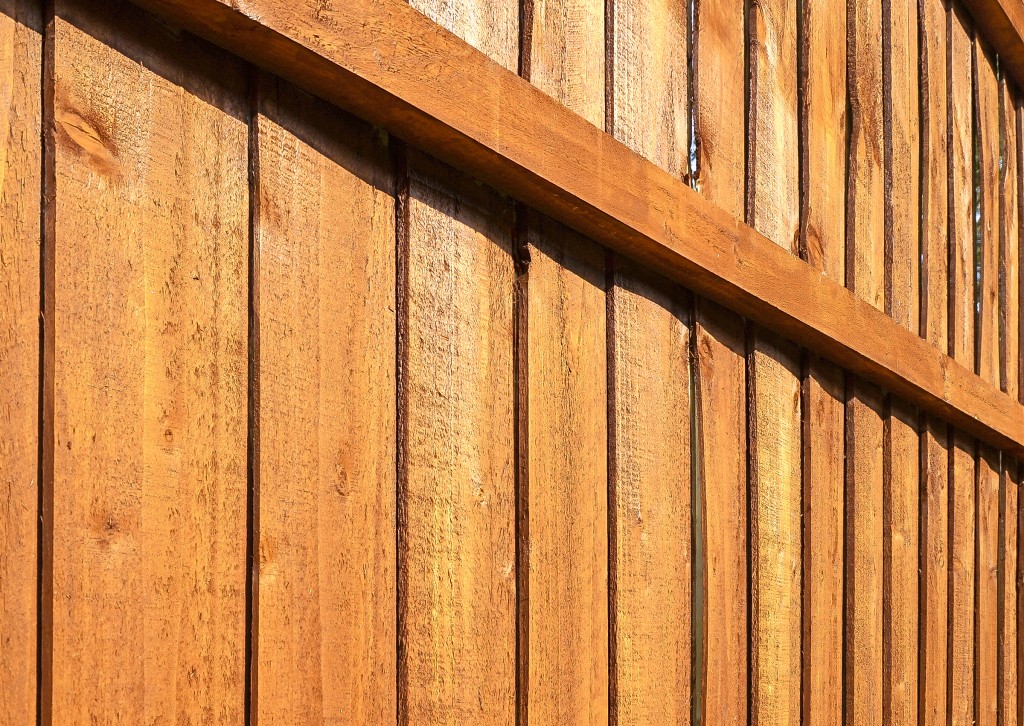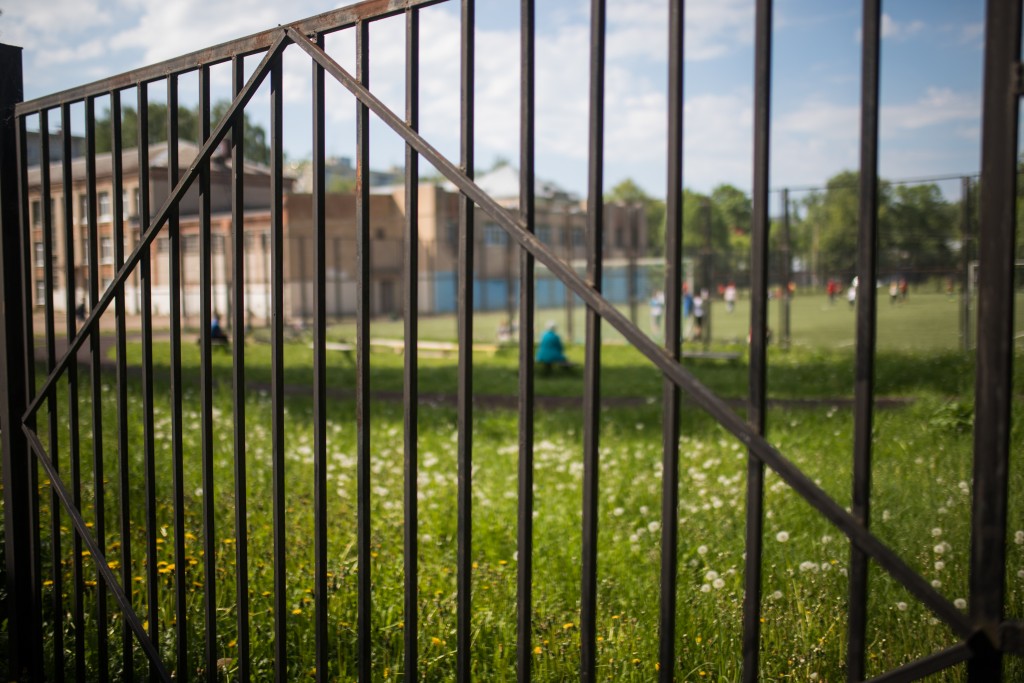There’s no one-size-fits-all method for repairing a fence, and the degree of complexity and difficulty of a repair project can vary based on factors such as location and the nature of the repair project.
For instance, regular cleaning and maintenance can be performed by anyone with the right tools. But for more complex repairs, such as replacing eroded components and installing additional support, you need to hire a wood or vinyl fence contractor. The material of the fencing also plays a role in planning the repair project.
While you should leave the major repairs to the professionals, there are a few things that you can do yourself with a few household tools.
1. Clean regularly
Cleaning the fences is one of the easiest and most important maintenance tasks you can do. Not only does it keep your fences presentable, but it also reveals small problems that can snowball into a bigger one if left unrepaired.
Use an industrial brush and a mild household detergent for cleaning wooden fencing. For vinyl fences, you only need to use a soft, textured cloth dipped in a sodium bicarbonate solution. Do not use abrasive household cleaners such as bleach.
A wire brush works well on steel and metal fencing for removing rust and grime. For a deeper clean, you can also use a pressure washer on low settings.
2. Patch small cracks
If small cracks begin to appear on your fence, you need to patch them right away to prevent them from getting bigger. Luckily, minor repairs are within the skill sets of many homeowners. For starters, use a piece of coarse sandpaper to finish the inner parts of the crack. This will allow the wood filler to cling to the surface of the wood.
Make sure the wood filler fully covers the crack and give it a day or two to dry. Once the filler has dried, sand the area again and repaint the surface with the desired color.
3. Replace rotten panels

Rot from one panel can spread to the rest of the fence, so you need to replace the problem panel right away. If you have spare panels, then you can just replace the rotten panel with a new one. If not, you will need to take some measurements and order replacements from your neighborhood home improvement store.
4. Add post support
After a few years, the weight of the fencing will cause the concrete base to start to sag or loosen up. To ensure that your fence panels remain upright, you will need to replace the base and add extra post support.
Solid timber is a great way to reinforce sagging support. Place pieces of timber along your fencing to prop up the pieces while you replace the support. Destroy the old concrete base with a chisel or a sledgehammer and pour in new concrete. Wait until the concrete dries up before removing the timber bracing.
These pointers will help you keep your fencing in great shape. Construction and repair work can be expensive, so you want to make sure that you get the most out of your existing fencing. Small maintenance tasks help keep small problems from becoming a bigger one, saving you thousands of dollars.
